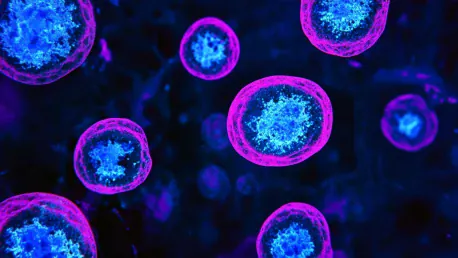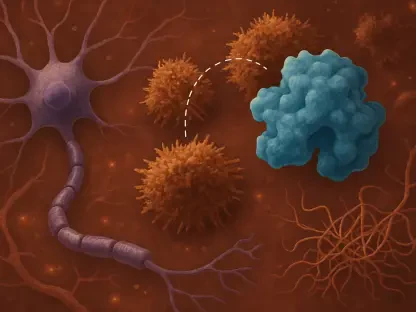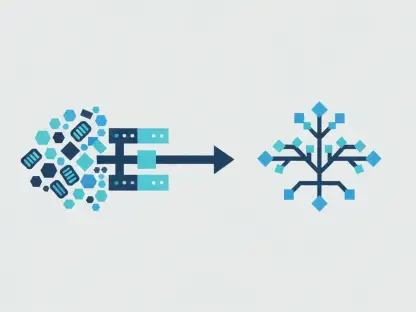The increasing prevalence of Coxsackievirus A6 (CVA6) as a major causative agent for Hand, Foot, and Mouth Disease (HFMD) worldwide necessitates the development of an effective vaccine, especially since there is currently no vaccine available against CVA6 infections. CVA6 infections pose a significant challenge, as they can lead to severe symptoms and complications, particularly in children.
1. The Need for Alternative Vaccine Strategies
Existing vaccines, such as the Enterovirus A71 (EV71) vaccines, have been effective against other HFMD pathogens but fall short in providing protection against CVA6. Most CVA6 strains have proven difficult to propagate effectively in commonly used vaccine production cell lines like Vero cells. The low isolation rate of these strains and their inadequate cultivation in Vero cells have significantly hindered vaccine development efforts.
2. Exploring the Role of the KREMEN1 Receptor
The key to overcoming this challenge lies in the initial interaction between the virus and its receptor on the host cell surface. The Kringle containing transmembrane protein 1 (KREMEN1 or KRM1) serves as a crucial receptor for various Enterovirus type A species, including CVA6. To address the insusceptibility of CVA6 to Vero cells, researchers have aimed to construct a Vero cell line with stable overexpression of KRM1, employing the lentivirus system.
3. Creating the Vero-KRM1 Cell Line
Scientists successfully constructed a stable Vero cell line expressing KRM1, called Vero-KRM1_#11, which supported efficient infection and amplification of multiple CVA6 strains. This cloned cell line demonstrated comparable propagation efficiency to that observed in RD cells, a cell line routinely used in vaccine production but unsuitable for large-scale production due to tumorigenicity concerns.
4. Evaluating the Effectiveness of Vero-KRM1 Cells
The study showed that purified CVA6 particles produced from Vero-KRM1 cells could induce high levels of IgG and neutralizing antibodies in mice, comparable to those produced by RD cells. Moreover, the antisera from vaccinated mice provided 100% preventive efficacy against CVA6 infection in a passive transfer study, highlighting the potential of Vero-KRM1 cells for CVA6 vaccine development.
5. Implications for Future Vaccine Production
While the parental Vero cell line is approved for viral vaccine production by regulatory bodies, the genetic modifications to overexpress KRM1 may carry regulatory considerations. Therefore, further validation in safety and stability during large-scale production is necessary. However, this advancement represents a promising step toward developing an effective CVA6 vaccine, ultimately contributing to better management and control of HFMD outbreaks globally.
6. Looking Ahead
The growing prevalence of Coxsackievirus A6 (CVA6) globally, as a leading cause of Hand, Foot, and Mouth Disease (HFMD), highlights the urgent need for a vaccine since none currently exists. HFMD, often affecting children, can lead to severe symptoms and complications, making the development of a CVA6 vaccine a public health priority. The absence of a vaccine presents significant challenges, especially in protecting vulnerable populations like children from the severe effects of CVA6 infections.
CVA6 has increasingly been recognized as a major agent causing HFMD outbreaks, and its impact on public health cannot be underestimated. The disease can result in not just discomfort but also acute complications, particularly in young children whose immune systems are still developing. Therefore, investing in the research and development of an effective CVA6 vaccine is crucial. By addressing this urgent need, we can mitigate the impact of HFMD and ensure better health outcomes for future generations.









